SMAC - TRENDS DETERMINING THE FUTURE OF ICT

This term is an acronym coined from the initials of the English words for the four forces that will determine ICT in the next decade: social, mobile, analytics and cloud. It means a new combination of products and services to which an increasing number of companies adapt in order to be able to provide an efficient and forceful user experience.
To demonstrate this with an example, let us examine Netflix entertainment industries. Netflix implements its recommendation system with the help of sophisticated analysing algorithms used to forward custom-tailored offers to the user. Users can watch films streamed from the cloud to various devices (TV, tablet, telephone), and share their experiences on social spaces. They can do all this in the framework of an integrated service.
These components could also be accessible separately, the essence of SMAC stack is that the four areas collaborate: the new functions build on each pillar in a premeditated way. For example, the new opportunities ensured by a mobile devices allow more detailed data collection, which in turn is made possible by the availability of cloud capacities, and the latter form the basis of analyses performed to provide deeper customer experience and can be promptly integrated into social channels. Thus in the course of developing application/service and the integration of new functions, the four areas are interdependent, support one another, improvement in one creates opportunities in the other, and thus they cannot be managed completely separately.
(M)obility
In addition to tools and capabilities, the spread of mobility is also driven by another very important factor, and this already exceeds the inherent features of tools. The majority of applications run on them are inoperable alone, they need to constantly exchange information with some kind of a system, generally run in the cloud. This in turn requires adequate band width, and mobile service providers have a very important role in its development (GPRS, EDGE, 3G, 4G).
Due to all these, an increasing number of people use less and less localised mobile devices.
However, in terms of application and use cases, “localisation” is not the only important factor: since mobile devices function as user terminals, they also have a special feature: they are always switched on and always available (always on). With an application used on a desktop computer or a laptop, the users are only in a periodical connection. Generally in working time, when they sit in front of the machine to work, otherwise they keep the terminal turned off. A mobile device is available even if its user is in a “not working” status, and the background system can send information even if the mobile device is out of use (text messages, push messages). This means new opportunities in workflows, and “traditional” client/server architectures are incapable of such opportunities.
“Availability everywhere”, always on and large bandwidth communication are mobile device features that gave an enormous impetus to the spread of social spaces, and increased their use volumes manifold. The timeliness and freshness of events resulted in use cases that multiplied their traffic and turnover.
In a corporate perspective, in addition to the general trends in mobility, T-Systems Hungary is engaged in several important areas and offers a comprehensive image of communication and mobility. This year we consider it particularly important to discuss network developments and their relevance at the Symposium, whether it comes to the support of business and manufacturing activities, or in the field of large corporate Machine-to-Machine solutions. The spread of DMS (Digital Media Signage) and other forms of video based communication are also worth mentioning, as they can save us an enormous amount of work and might even improve customer experience if properly used.
Back
Sympo2014logo
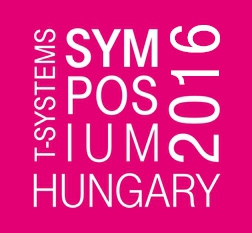
Event Partners
Diamond level partner

Emphasized technological partner

Gold level partners



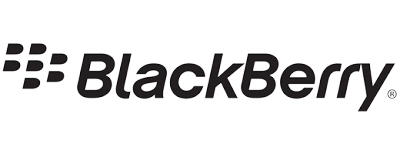

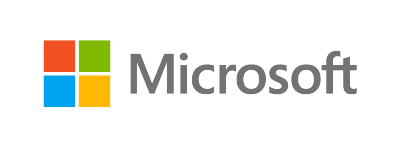


Emphasized international partner
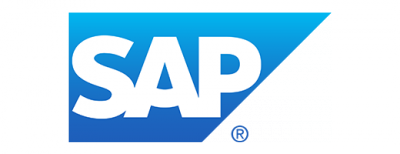
Silver level partners
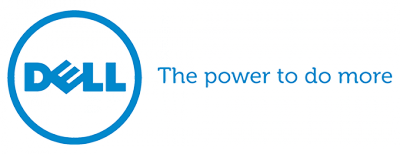
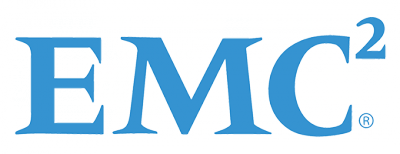

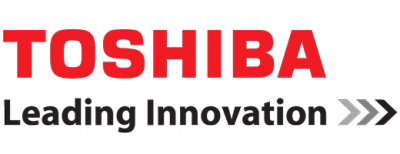
Professional partner
Professional partner

Collaborator partners
Collaborator partners


Strategic media partners
Media partners








